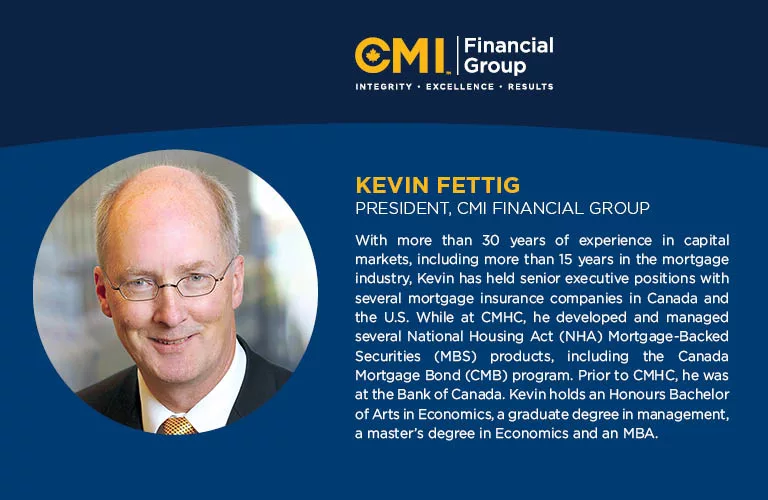Affordable housing faces a significant hurdle in the form of high land costs. One type of land that hasn’t received sufficient consideration in our national housing strategy is brownfields. Brownfield properties refer to vacant, idle, or underutilized sites where prior industrial or commercial activities may have caused environmental contamination, posing challenges for expansion or redevelopment. Examples include former factories, gas stations, and waterfront properties that were previously used for industrial or commercial purposes.
Canada has approximately 30,000 brownfield sites, which are often owned by various levels of government—federal, provincial, and municipal. Economic development agencies, such as the Toronto Economic Development Corporation, Ontario Realty Corporation, or Canada Lands, typically manage these brownfield holdings.
Reclaiming and revitalizing these sites presents an opportunity to utilize the land for creating affordable multifamily housing in urban centers. Despite previous attempts by cities to promote brownfield developments through financial incentives, various obstacles continue to hinder redevelopment. Challenges include uncertainties related to cleanup and management costs, exposure to civil liability, and difficulties in obtaining financing.
CMHC established its mortgage default insurance program to address risks associated with mortgage lending. A similar opportunity exists for CMHC to provide a combination of insurance and financial products that would allow for the timely remediation and redevelopment of these sites to support affordable housing.
Owners and redevelopers of brownfield sites face four main sources of potential liability:
- Discovery of new or more extensive contamination than initially anticipated
- Conditions worsened or created during the remediation process
- Claims from third parties
- Potential future environmental liability.
To support the development of brownfield land for affordable housing, CMHC could offer the following coverage:
- Cleanup cost cap coverage: This protection would shield developers from potential overruns, ensuring coverage in the event actual cleanup costs exceed initial estimates.
- Pollution liability protection: This policy would extend coverage to developers and long-term owners of redeveloped brownfields, up to predetermined amounts, as a safeguard in the event users of these properties file claims related to ongoing pollution conditions.
To manage its liability, CMHC could explore reinsurance options or incentivize Property and Casualty (P&C) providers to offer this coverage by acting as reinsurers.
Another key component of insurance would involve offering a Secured Creditor Policy. This policy guarantees loan repayment to creditors in the event of a borrower’s default on loan payments or if the collateral value is diminished due to pollution conditions. It essentially functions as a highly customized mortgage default insurance policy.
By having this coverage, developers become eligible for either Mortgage Loan Insurance (MLI) or Rental Construction Financing Initiative (RCFI) funding on brownfield sites. A critical condition for accessing this funding and insurance should be well-defined affordable housing targets.

Independent Opinion
The views and opinions expressed in this publication are solely and independently those of the author and do not necessarily reflect the views and opinions of any person or organization in any way affiliated with the author including, without limitation, any current or past employers of the author. While reasonable effort was taken to ensure the information and analysis in this publication is accurate, it has been prepared solely for general informational purposes. Any opinions, projections, or forward-looking statements expressed herein are solely those of the author. There are no warranties or representations being provided with respect to the accuracy and completeness of the content in this publication. Nothing in this publication should be construed as providing professional advice including investment advice on the matters discussed. The author does not assume any liability arising from any form of reliance on this publication. Readers are cautioned to always seek independent professional advice from a qualified professional before making any investment decisions.
